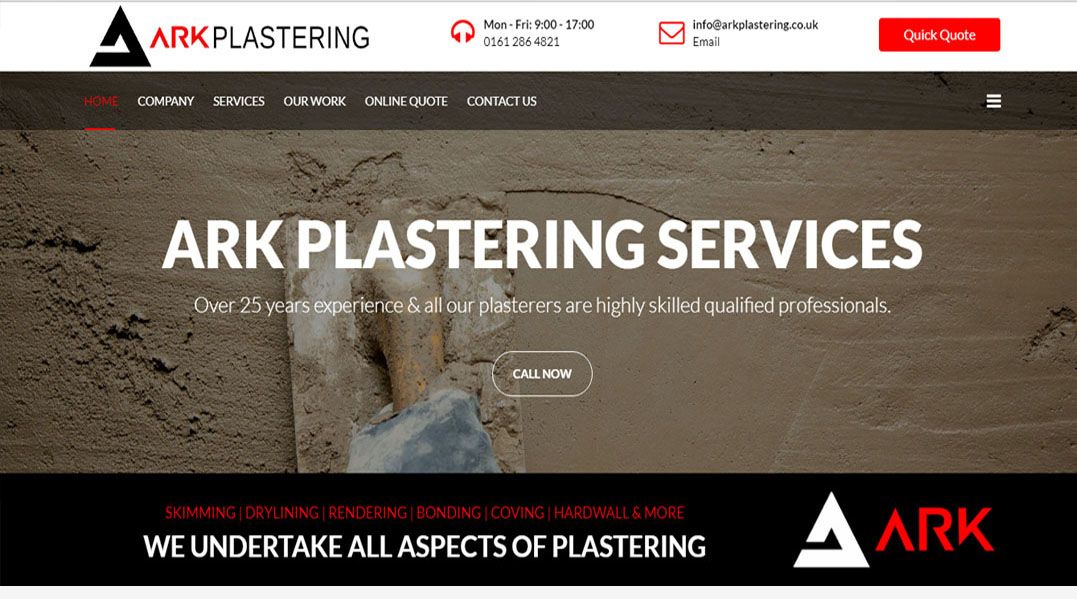If it is low level and happening at internal walls as well, it is more likely to be a dpc issue, or poor solum venting, or a combination of the two.
Had a quick look around the internet and came across Ark plastering and damp proofing, Cheadle Hulme.
89, 5 star reviews.
damp proof company - Google Search
www.google.com

Stockport Plastering & Damp Proofing Services | Rendering | Manchester
Plasterers & Damp Proofing Services in Stockport and covering the surrounding areas – Free Quote Call 0161 706 0016
22, 5 star reviews on My Builder.
Loading…
www.mybuilder.com
You can only go off reviews and hope most of them are genuine.
I'll give them a call. Hopefully they can sort the damp out, as well as replastering the wall.

Professional Plastering & Damp Proofing service in Stockport, Cheshire
ARK plastering, damp proofing & rendering service covers all areas in Stockport, cheshire and manchester. Looking for quality Plasterers? Call 0161 286 4821

